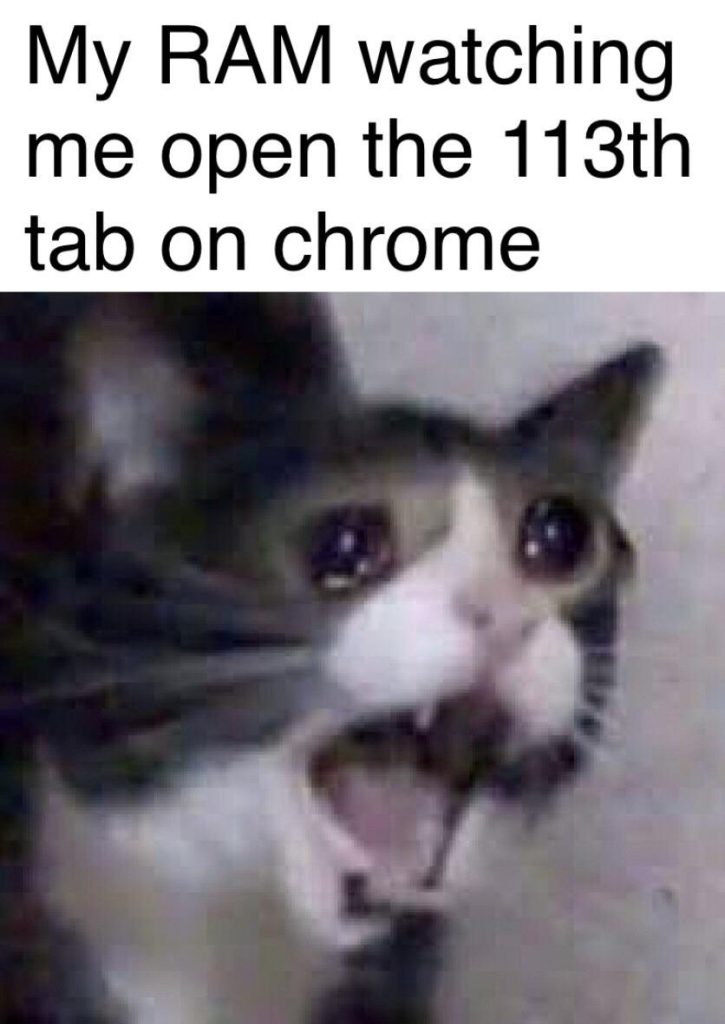LECTURE: NETWORKS AND NETWORK CULTURE
- introductions to the beginning of the word network
- topics: computer networks, social networks, digital networks, network art, network communities, collaborative network art, network movement/cultures, network pioneers, network art global projects, mail art
- lots of sites included regarding these topics, can be found on Moodle
FINAL ASSIGNMENT IDEATION
I have chosen to work with the topic of Artificial Life for my final works in this component. To clarify my thoughts I will think about the following questions:
- what is the role of networks, for example, the internet, in your project and/or methodology?
- what is the presence of your data/bot in the network? Where does it live?
- how are computational languages shaped by networks?
- which communities and networks does it relate to?
So far I don’t have specific ideas for my project, so I can only answer these questions partially.
I am not planning to do anything related to hardware, so all of my projects will exist online, on the internet. The internet connection to other sites and programs allows me to perform different tasks to achieve outcomes for my project. My work will be accessible by others who are on the internet if I decide to put it on another interface or the cloud, otherwise my project will exist on my local network. Socially, networks facilitate the exchange of data online, promoting a culture around computational topics that leads to effects or formation of computational language. Otherwise, networks have protocols that could also lead to being used in the development of practical computational languages if proven effective. My project would most likely relate to AI/tech enthusiasts, privacy advocates and digital art/design communities.
TALK 1
Video watched: Deep Fake or Rendering the Truth / Simone C. Niquille (CH/NL)
The speaker discusses the use of 3D animations as evidence in court cases, particularly focusing on resolution and its role in presenting a narrative. They reference historical and technological contexts, highlighting how 3D rendering has evolved from Renaissance perspective drawings to contemporary motion capture technology. They examine examples of 3D animations used in court, noting deliberate choices in representation and the impact of technology on storytelling. They also explore the limitations and implications of using motion capture suits for accuracy in recreating events. Ultimately, they question the fidelity of these representations and their role in legal proceedings.
https://www.youtube.com/watch?v=ooyzyodbJEQ&t=3s&ab_channel=ArsElectronica
TALK 2
Video watched: Goodbye Uncanny Valley – Alan Warburton
Computer-generated animation began in the 60s, but the progress of development of these animations meant that photo-realistic images were not developed until the 2010s when libraries of simulated phenomena were created one by one through software that united tools and technologies by computer scientists.
Rendering engines are also important in generating realistic CGI animations, through the use of GPUs(stacking powerful graphics cards) images have increased clarity and accuracy
Currently, the assumption is that we can mimic any realistic setting in CGI software, the only things that we can improve now are the scale of operation, speed of completion, and cost.
One change to the development of CGI animations is the increased difficulty in differentiating between real and fake images, and any content can be manipulated for unethical purposes. What the eye sees may not even be true anymore
Another is the changes to cinematography, space and time are slowed down to show explosive effects and edits. The production cost of CGI shots also means that movies are pushed towards bursts of impact instead of a steady sequence of articulation. It can also create theoretically photorealistic images that humans have not seen, but according to mathematics, they look theoretically true.
